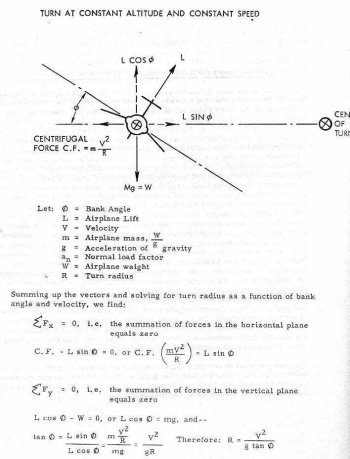I also note you're comparing pre-IOC F-35s to full production F-22s. The current schedule is that by 2019, increases in scale efficiency of F-35s should have reached the point where new F-35As cost 90 million current USD. That's compared to current USD cost of ~160 million for the F-22s. Even if costs only plateau to 110 million it's substantial savings and is approximately proportional to the empty weight of the F-35s.
I also note that in the case of the F-35, the engine, just by itself, and only sporting 190kn afterburner output, the F-135 costs more than 30 million to produce in its current LRIP, with the full aircraft costing 160 million. Two F-22 engines combined, with TVC, thrust vectoring, and outputting more than 320kn of augmented thrust cost only $20 million. Given that the excessive cost in roughly in proportion, and that the F-35 shouldn't cost anything similar to what it is currently costing now, it's reasonable to expect that once the F-35s reach full-scale production, their costs will drop to the levels one would expect from their airframe. But your sophistry is appreciated.
====
Latenlazy, concerning decoy Al-31s, the problem is that in an actual production scenario involving both existing WS-15 powered J-20s and Al-31-powered J-20s, you will end up with having substantial numbers of unupgraded J-20s for quite some time. Let me outline the scenario.
Let's say the J-20 project is targeting 400 planes. That's a reasonable number, and twice the inventory of American F-22s, while presumably having enough tactical superiority to deal with F-35s, and in the worst case, run away, refuel, and fly to a Sichuan or Xinjiang airbase. Okay, now, you've built 100 J-20s already with Al-31s for training purposes and to provide a minimal fifth-gen capability to match or outmatch Japanese F-35s in the region, your J-20 factories are humming at full speed, and all of a sudden, your WS-15 engine is ready, and your WS-15 engine has been successfully trialled with the J-20 airframe.
You have options with regards to WS-15 production levels. The first thing you can do is to build WS-15s at high-scale, so that you'll immediately have the ability to retrofit all your Al-31-equipped J-20s with WS-15, as well as make sure all your future J-20s are equipped with WS-15s. The other alternative is to simply not retrofit any of your Al-31-equipped J-20s with WS-15s, while all your new J-20s use WS-15s instead of imports or weaker domestic engines. The disadvantage of the first option is that you'll have huge amounts of surplus WS-15 production capability, while not having the airframes equipped or designed to use them. That means that after all you finish producing the required amount of WS-15s, you'll end up shuttering your excess capability, resulting in fiscal waste in unused industrial capacity.
The disadvantage of the second option is that you'll end up being equipped with large numbers of J-20s that, for want of, I'm guessing, $20 million in engines a piece, perform like fighters half their cost.
A solution to the problem is probably something in between these two extremes, meaning that while all of your J-20s will be retrofitted to use WS-15s at some point in time, not all your J-20s will be retrofitted immediately. In that span of time, tactics involving the use and manipulation of inferior look-alike J-20s will be necessary and employed.


